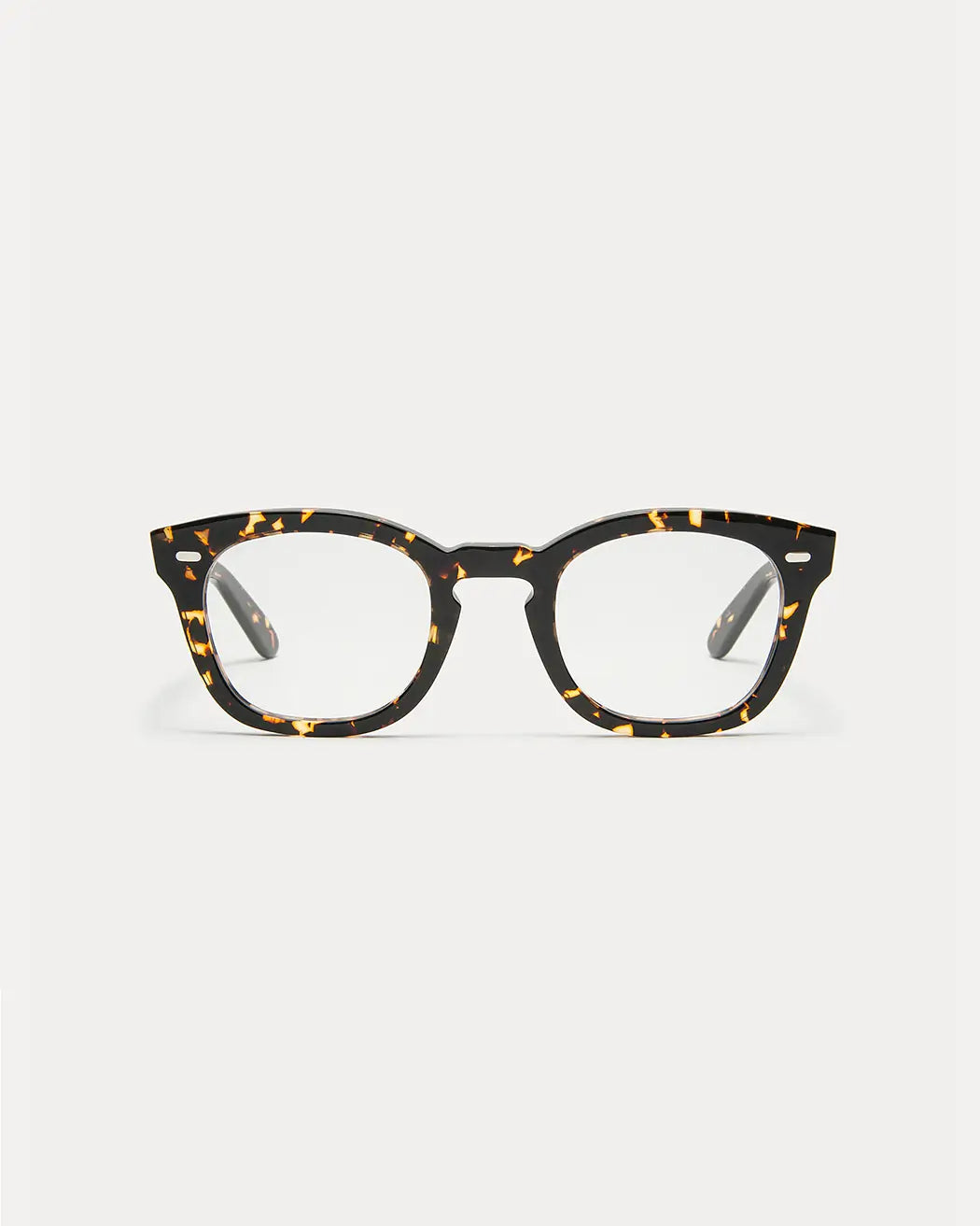How Does Sunlight Damage Your Eyes?

Spending time in the sun can is healthy in small amounts, but too much sunlight can hurt your eyes. Sunlight gives off ultraviolet (UV) rays—an invisible kind of light. These UV rays can damage many parts of your eye, especially if you're outside a lot without eye protection.
Even on cloudy days, UV rays can reach your eyes. Over time, too much exposure may lead to serious eye problems. That’s why wearing sunglasses or other protective eyewear is important whenever you’re outside during the day.
What Happens to Your Eyes in the Sun
Your eyes are very sensitive to light. When exposed to strong sunlight without protection, UV rays can cause both short-term and long-term damage.
In the short term, too much sunlight can cause photokeratitis—also called “sunburn of the eye.” It’s painful and can make your eyes red, watery, or sensitive to light. This condition usually gets better in a day or two, but it’s uncomfortable.
Long-term UV damage is more serious. It builds up over time and can lead to eye conditions such as cataracts, which cloud your lens and make it hard to see, or macular degeneration, a disease that affects your central vision. UV rays can also increase the risk of pterygium, a growth on the eye surface, and even some forms of eye cancer.
Which Parts of the Eye Can Be Damaged by Sunlight?
UV damage from the sun can harm different parts of your eye, and the damage can build up over time. The outer layer of your eye, called the cornea, and the thin tissue covering it, the conjunctiva, can get sunburned. This can make your eyes red, sore, and sensitive to light—a condition called photokeratitis, which feels like a sunburn on your eye.
Inside your eye, the lens helps you focus on what you see. Too much sunlight can cause the lens to become cloudy, leading to cataracts. Cataracts make your vision blurry and may need surgery later in life to fix.
At the very back of your eye is the retina. It turns light into signals that your brain uses to form images. UV rays can damage the retina and increase your risk of macular degeneration, a serious eye condition that affects your central vision. Other conditions such as solar retinopathy can occur with longterm sun exposure.
Even the skin around your eyes can be harmed by the sun. This skin is thin and sensitive, so it can burn more easily and is at higher risk for wrinkles or even skin cancer. Wearing sunglasses and a hat helps protect both your eyes and the skin around them.
How to Protect Your Eyes from the Sun
The best way to protect your eyes from sun damage is to wear sunglasses that block 100% of UVA and UVB rays. Not all sunglasses do this — poor quality sunglasses may not have sufficient UV protection needed.
Always purchase your sunglasses from a reputable source and manufacturer. By investing in premium quality sunglasses, you will get the UV protection needed to keep your eyes healthy.




